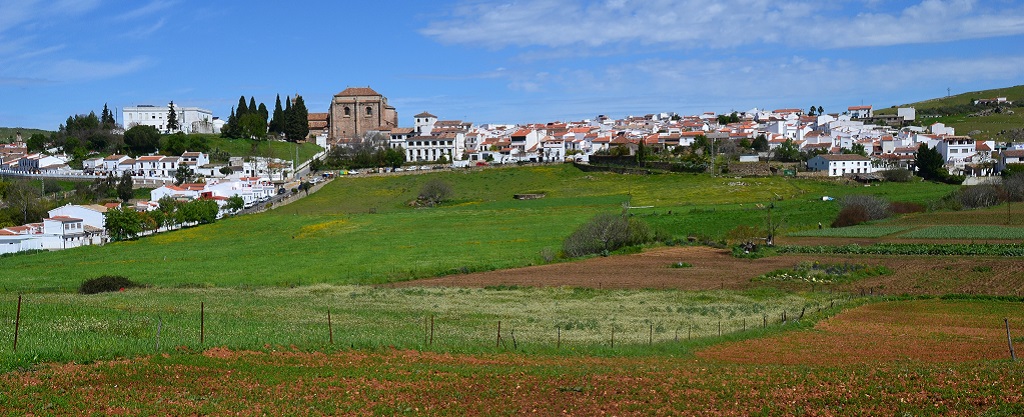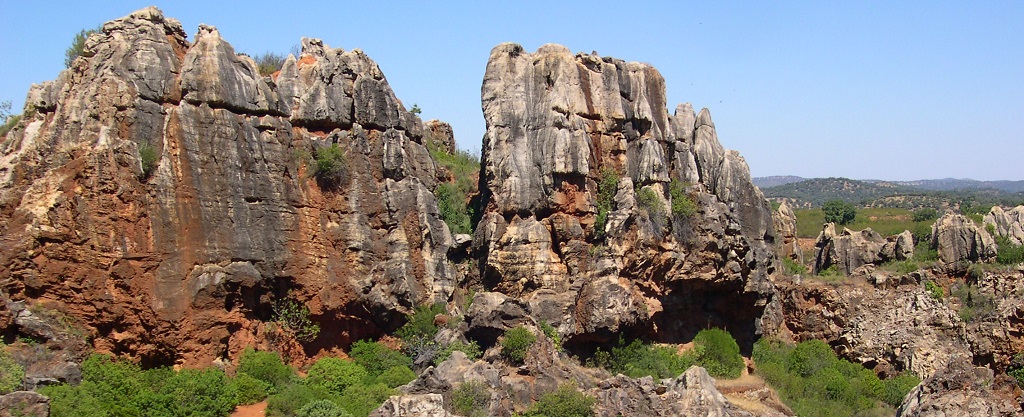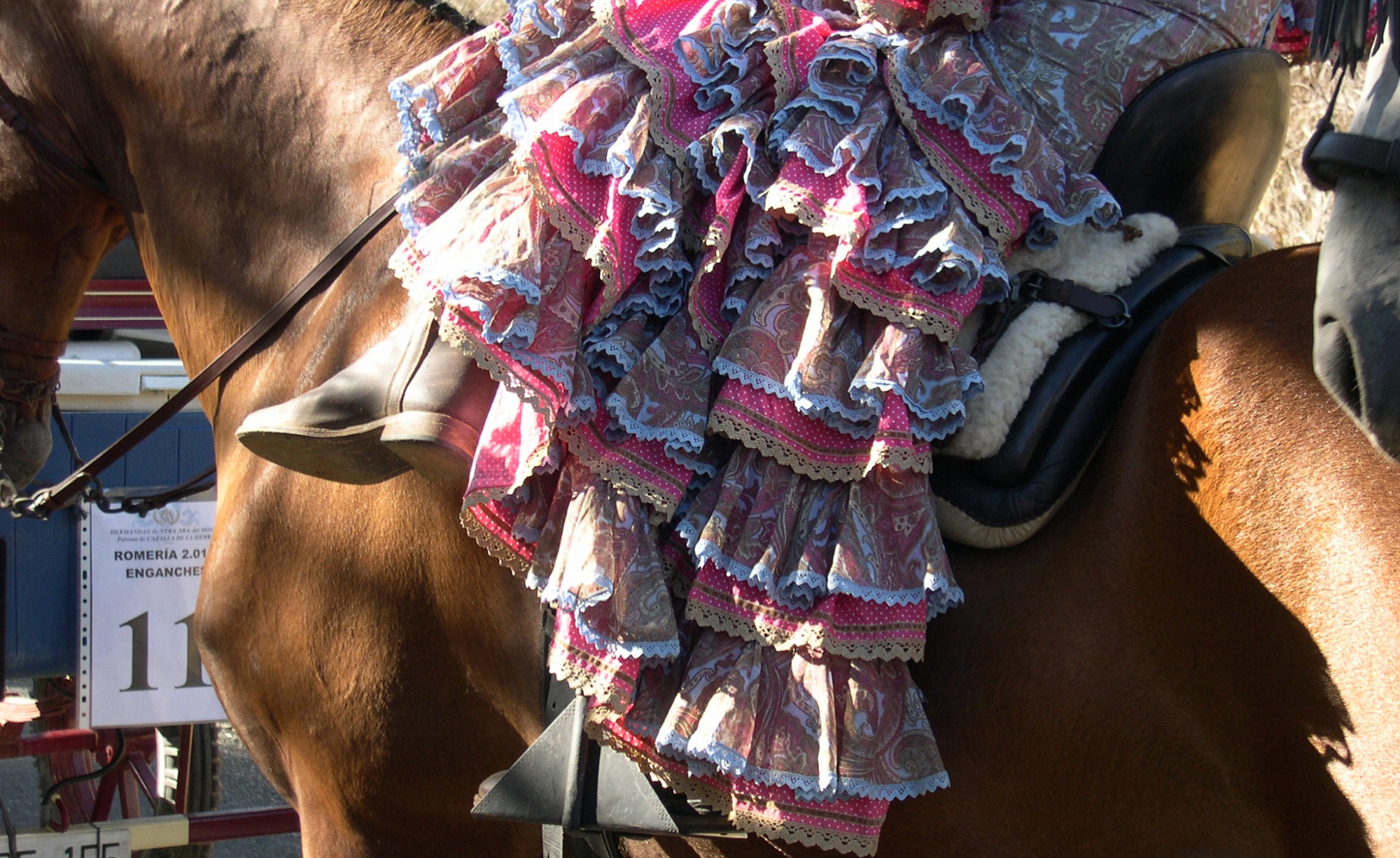Cazalla de la Sierra

The natural environment which surrounds Cazalla de la Sierra favoured humans’ settlements since the Neolithic and the Calcolithic periods, as it is proved by the archaeological sites found nearby, like in Santiago’s Caves. Since a long time ago, the existence of mines in the surrounding area also favoured successive settlements of people who left important evidences of their culture. Likewise, Roman and Visigothic rests have been found in the area. Nevertheless, it was not until the arrival of the Almohade people, by the mid-12th century, when the urban settlement of the population began with the construction of the castle and its walls.
The first urban expansion beyond the walls headed towards the popular Azahín neighbourhood, by the mid-14th century. Cazalla gains much relevance between the 16th and 17th centuries due to its wines, which were exported to Amercia, and to the settlement of some religious orders in town, like the Franciscans, Augustinians, Carthusians, etc. In 1730 even King Philip V decided to set his summer residencce in our village.
In the 19th century Cazalla de la Sierra became key in the development of the iron and steel industry in Spain, thanks to the factory of El Pedroso, located just ea few miles away, right where the Rivera del Hueznar and the San Pedro Stream meet. In the 20th century, the splendor of the anisette industry turned Cazalla into a prosperous village, which was granted the title of «city» in 1917.
Places to visit:
- The Parish Curch of Ntra. Sra. de Consolación
- The Convent of Madre de Dios
- La Cartuja de Cazalla
- The former convent of San Francisco
- The former monastery of Santa Clara
- The hermitage of Ntra. Sra. del Carmen
- The former convent of San Agustín (nowadays the Town Hall)
- The former monastery of San Benito (now hotel Palacio de San Benito)
- The hermitage of Ntra. Sra. del Monte
Sierra Morena

The Sierra Morena is one of the main systems of mountain ranges in Spain. It stretches for 450 kilometres from east to west across the south of the Iberian Peninsula, over various provinces.
The name Sierra Morena has a strong legendary reputation in Spanish culture and tradition, with myths about bandits (Los bandidos de Sierra Morena), a giant snake (El Saetón de Sierra Morena) and a child brought up by wolves (Marcos Rodríguez Pantoja), among others. This range is also mentioned in the famous Mexican song «Cielito Lindo» and in one of the most well-known traditional Spanish songs, «Soy Minero», interpreted by Antonio Molina.
The Sierra Morena is a very rich natural environment with several protected areas. One of them is the Sierra Norte de Sevilla Natural Park. Holm and cork oaks are common here, growing in clarified forests where there are also large clearings, known locally as dehesas. These are characteristic of the Sierra Morena landscape and are traditional pasture zones for cattle and pigs. Also typical are the gallery forests shading the rivers of the range that provide a home to birds such as the Spanish imperial eagle, the cinereous vulture and the black stork. Cerro del Hierro is an interesting karstic site. The presence of iron led to mining activity in this area which was a feature from Roman times until the last century. This activity left a landscape of unique shapes and colours. It has been declared a natural monument.
Find a lot of pictures of Cazalla de la Sierra and the Sierra Morena on the Instagram account Sierra Norte de Sevilla.

